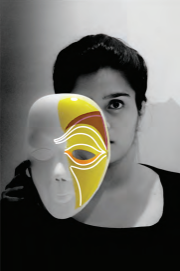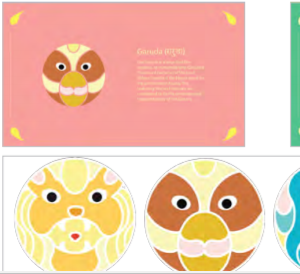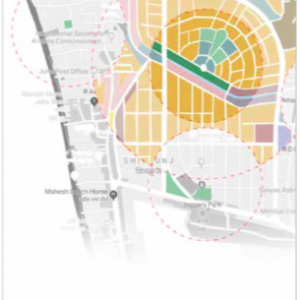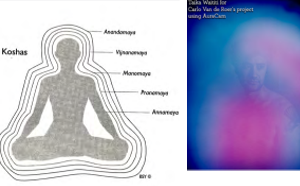Do you recall watching the movie “Blade Runner 2049” with flying cars and supremely advanced technology present at everyone’s disposal? Do you think we are anywhere close to having Doraemon’s gadgets?
The reality of flying cars isn’t far from becoming a reality. The Slovak Transport Authority in Slovakia has been testing out their developed AirCar, and with extended reality and usage of augmented reality in the future, Doraemon’s gadgets are close to reaching the masses.
Hold up, do you know what extended reality means? If not, then don’t worry, we have got you covered.
Understanding Extended Reality
Extended reality is an umbrella term used for all the immersive technologies present, which include augmented reality (AR), virtual reality (VR), and mixed reality (MR). Extended reality technologies are responsible for expanding how we experience reality by using two ways: a) merging the virtual and the real worlds, and b) creating an immersive experience where you live in a different world.
This is just the basic definition of extended reality and how it can be understood in its working. Extended reality goes deeper than this in the future of communication. Now, let’s look at what AR and VR are.
What is AR and VR?
It’s interesting to note that visual communication is highly recommended to communicate messages to the audience. Graphics and design texts usually stick longer in people’s minds. Now imagine that graphic being projected onto the physical world. Wouldn’t it be awesome?
AR communication is the enhanced version of the real physical world. It can be achieved by using digital visual elements, sound, or any other sensory stimuli which are delivered through technology. Mobile computing and business applications companies have started using this technology.
On the other hand, VR communication lets you incorporate 3D models and 360-degree immersive videos that transform the way people interact. It is highly present in corporate settings and immersive games such as Pokemon Go, or through virtual reality headsets. Think of it like looking through a kaleidoscope when using a virtual headset, except for the fact that your view, vision, and senses have expanded a lot.
Examples make it easier to understand, so let’s give you some more!
Examples of AR, VR, and extended reality
This isn’t a foreign concept, even if it might feel like it is. You have most likely been using extended reality for quite some time now, even if you didn’t know the proper terminology. Recall how you can virtually try on clothes and see how your furniture will look in a specific environment.

What was the last 3D movie you watched? Have you ever been to 4D studios with your friends or family? It wouldn’t be a surprise if we devise a way for telepathy and transform the future of communication.
AR communication isn’t restricted to only e-commerce, it has found its footing in many sectors such as healthcare, real estate, and gaming. Companies like Lenskart and Snapchat are already using them. Similarly, VR communication goes beyond entertainment and is used for training, education, and even treating post-traumatic stress.
Through extended reality, our means of communication are going to change to more virtual interactions than in-person interactions for sure. But there are far more benefits to applying extended reality to our future. Let’s take a look!
What is the potential benefit of applying extended reality?
Fun Fact – The extended reality market is expected to grow from USD 33.0 billion in 2021 to USD 125.2 billion by 2026, at a CAGR of 30.6%!
There are undoubtedly lots of benefits of extended reality because big corporations are trying to get their hands on augmented and virtual reality as soon as possible.
Its benefits are as follows:
- An improved learning experience for students by helping them explore concepts and theories. AR and VR-enabled devices and apps will allow them to implement things in real-time.
- Improved technology enables further customer connection and engagement solutions that are bound to make a business grow exponentially.
- With our lives becoming so fast-paced, individuals now prefer to shop online instead of going to offline storefronts. AR technology would provide high consumer satisfaction and engagement.

- Advertising and marketing are two essential means to get consumers to purchase a product. By using AR and VR applications, goods can be easily advertised and impress consumers.
- AR and VR will go a step ahead and provide consumers with personalized choices to try out a product and gain higher utility.
As you can see, the field of communication is going to expand by using extended reality technologies that will place customers at the center. UX and UI designers are highly demanded by companies to provide their expertise in the early development of AR and VR communication.
If you have made it here, you are indeed curious to explore technological expansion and how extended reality will be utilized by designers like you, using your knowledge and skills in UI-UX. Of course, you don’t have to do it alone, we are here to help you with it!
How can ISDI help:
ISDI offers various design programs such as Graphic Designing, Strategic Design Management, Product Design Fashion Design, Fashion Communication and Styling, Interior Design and Strategic Design, Communication Design, and Management. Pursuing one of the degree programs, that is, Bachelors in Design (BDes) – 4-year program or Postgraduate In Design (PGDI) – 11 months program. Either of the programs is an alternative to a career in fashion and design.
The ISDI campus is located in the business district of Mumbai, the commercial center of India. ISDI consists of a curriculum that is based on that of the Parsons School of Design, experienced and industry-leading faculty, and practical project-based training, all situated on a state-of-the-art campus. ISDI is just the right place for someone looking to start a career in design.










